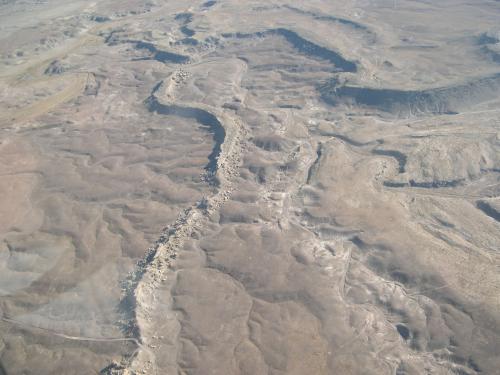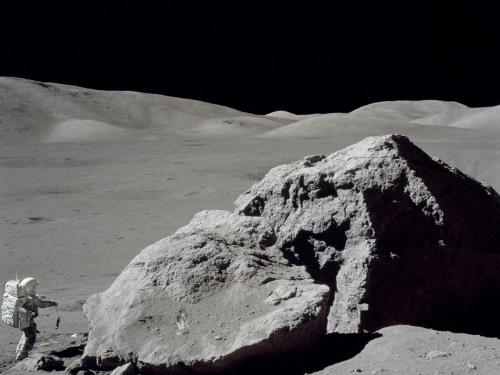Related Content

Inverted River Channels and Volcanic Channels
We are studying inverted and volcanic channels using satellite data of Mars and in the field on Earth to better understand how they form.

Landscape Evolution Modeling on Mars
Branching river valleys show that Mars once had flowing water on its surface.

Geomorphology of Theater-Headed Valleys
Comparison of theater-headed river valleys on Mars with box canyons on Earth helps us to better understand both planets.

Erosion of the Martian Highlands
Using preserved river channels, scientists at the National Air and Space Museum have been able to constrain the size of floods in Martian rivers more than 3.5 billion years ago.

Exposed Layering on the Floors of Impact Craters on Mars
The oldest craters on Mars are much more eroded and filled by younger deposits than are craters on the airless moon and Mercury.

Age and Characteristics of Martian Valley Networks
Valley networks are frequently cited as the best evidence that liquid water once existed on Mars. Currently, we are examining valley networks in other areas of Mars with the goal of understanding potential global and regional climatic differences.

